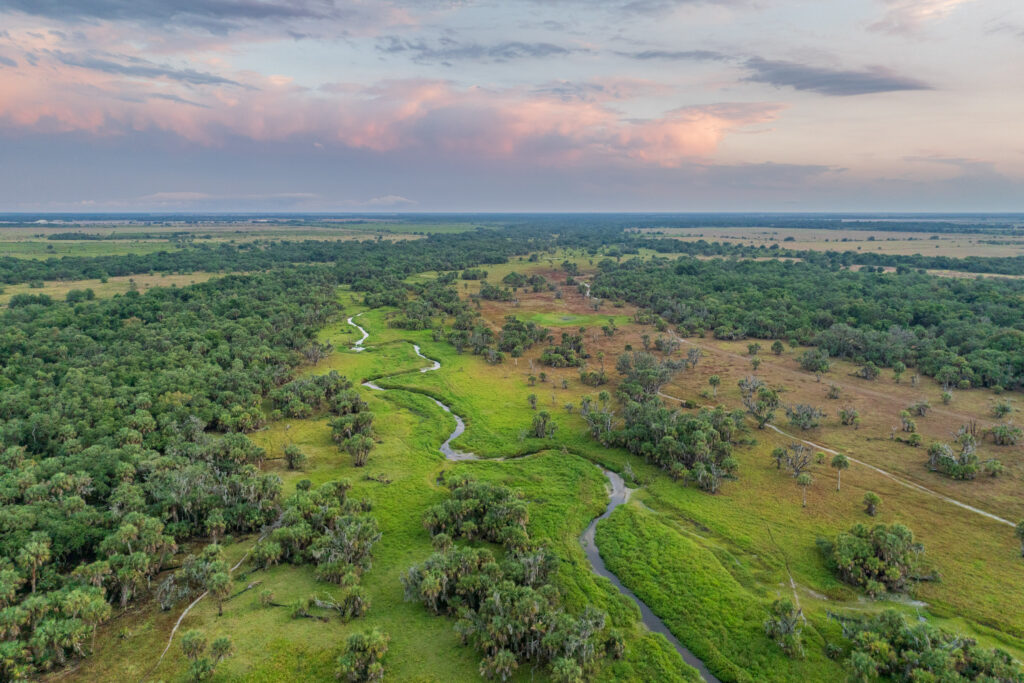Florida is about as pretty a place as one could imagine. Surrounded by the sea, buoyed by temperate weather, stunning natural beauty and a way of life non-Floridians literally long for, what’s not to love?
Given its natural attraction, Florida is a state that accommodates approximately 1,000 new residents a day and 143 million visitors every year. To oblige the throngs of new and temporary Floridians, we convert hundreds of acres of natural and agricultural Florida land to homes, hotels and shopping centers every day.
It’s no wonder that many places—even inland, rural counties—are starting to look a little crowded.
Future population growth is predicted to be just as vigorous, with Florida set to reach 24 million residents in less than two years. That’s a lot of people to put on a peninsula that’s also home to hundreds of farms, ranches, waterways and habitats for an amazing array of species.
We are so fortunate the state had the forethought to set aside some of the most wild, scenic and significant lands in our subtropical paradise. For five decades, Florida has meticulously identified, prioritized and preserved much of the natural and working lands that hold the key to our continued existence. To date, Florida has preserved around 13 million of its nearly 36 million acres. But there is more to do.
Almost a third of Florida’s land remains in agriculture today, including forestry, ranching, citrus, vegetables, plant nurseries and other crops. But within just the next 15 years, nearly one million more acres of Florida land will be developed, and half of that is currently in agriculture.
There are diminishing opportunities to preserve natural and working lands in Florida, and the state must commit substantial resources to the effort now while there are still large enough tracts available to make a meaningful impact.
Funding for our state land conservation programs—the Florida Department of Agriculture’s Rural and Family Lands Protection Program (RFLPP) and Florida Department of Environmental Protection’s Florida Forever Program—is crucial to the future of Florida. What’s more, it is a sound economic decision.
Investing in these programs is the most cost-effective way to protect our water and natural resources and sustain a balance between what is developed and what is conserved for agriculture and nature.
Rural and Family Lands Protection Program (RFLPP)
The agricultural conservation easement program run by the Florida Department of Agriculture and Consumer Services, RFLPP’s primary mission is to protect agricultural lands for our food security and our agricultural economy. The program purchases conservation easements, which provide land, water and agricultural protection benefits.
Florida Forever
Florida’s conservation land purchase program is run by the Florida Department of Environmental Protection to conserve land in both fee-simple (outright purchase) and conservation easements (purchase of development rights). The primary goals of Florida Forever are to protect high priority natural resource lands and water resources. When the program purchases land outright, the land usually becomes part of our state park or state forest system and is open for public recreation. Conservation easement purchases protect the lands in perpetuity from development, but also allow for existing land uses to continue (cow-calf/forestry are primary land uses in Florida Forever easements). Both approaches are essential.
RFLPP and Florida Forever are both critical to the health of Florida’s landscape. Both programs protect water quality and supply for urban areas, maintain our agricultural economy and protect Florida’s tourist economy. Both programs partner with other local, state and federal programs to leverage financial resources and maximize protection benefits.
Funding both the Rural and Family Lands Protection Program and the Florida Forever Program is the most sensible and practical way to protect our green space, wildlife habitat, water resources and agricultural economy.
Photo by Lauren Yoho/Wildpath

